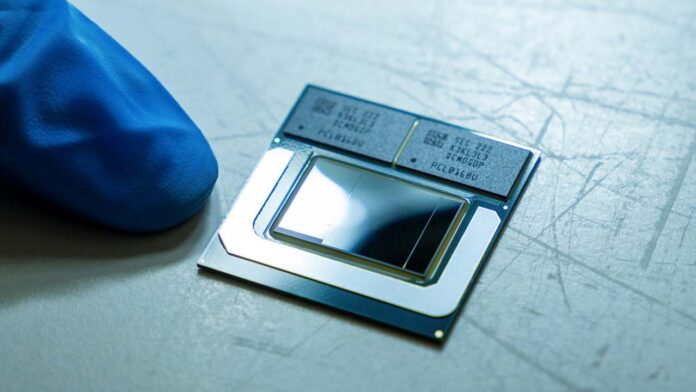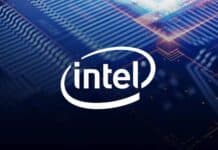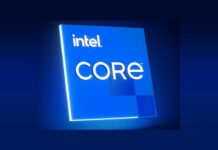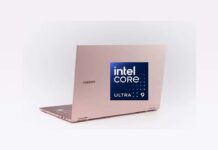In the ever-evolving world of technology, chip manufacturers constantly strive to push the boundaries of innovation. Intel, a longstanding giant in the industry, has recently made waves by revealing exciting details about its future 14th-Gen Meteor Lake CPUs. One of the most significant revelations is the introduction of on-die RAM. This move brings them in line with Apple’s chipmaking method. This article delves into what this development implies, how it compares to Apple’s approach, and its potential impact on Intel’s future Meteor Lake chips.
Table of Contents
The Evolution of Intel’s Meteor Lake CPU
Intel’s Meteor Lake advancements mark a pivotal moment in the evolution of its CPU architecture. While the exact CPU model remains undisclosed, whether an entry-level i3 or a flagship i9, the architectural design hints at a transformative shift. This shift directly affects how a computer’s RAM operates, with profound implications for performance.
On-Die Memory: A Game Changer
The standout feature of the Meteor Lake CPU is the integration of on-die memory. RAM is soldered to the motherboard or expandable in most laptops through additional RAM sticks. However, the presence of on-die memory eliminates the possibility of such upgrades. The specific RAM used here is Samsung’s 16GB LPDDR5X memory, boasting an impressive speed of 7500MHz. To put this into perspective, even the i9-13980HX laptop, a high-performance machine, featured RAM with only 4800MHz speeds.
This shift suggests that adopting on-die memory could significantly boost RAM speeds. Intel demonstrated LPDDR5X RAM with a peak bandwidth of up to 120 GB/s, setting a new standard for laptop CPUs.
Following in Apple’s Footsteps
The decision to incorporate on-die memory raises an intriguing question: Why did Intel take a page from Apple’s playbook? The answer lies in the fundamental advantages of having RAM near the CPU.
Simply put, when RAM is placed close to the CPU, communication between the two becomes exponentially faster and more efficient. It means that on-die RAM offers a significant speed advantage for the CPU.
Intel’s Meteor Lake chip architecture resembles Apple’s approach in designing the ARM-based M1 and M2 CPUs found in Mac computers. Both companies recognize that on-die RAM could become an industry standard for superior performance. Apple has already adopted unified memory in its CPU architecture, and Intel seems poised to follow suit.
The Power of On-Die Memory
The concept of on-die memory is nothing short of revolutionary. It dramatically reduces communication latency between the CPU and system memory, resulting in a remarkable performance boost. While this trade-off may limit upgradability, it paves the way for enhanced RAM implementation, potentially making it the norm for future laptops.
In the ever-evolving landscape of technology, Intel’s 14th Gen desktop and laptop CPUs promise remarkable advancements. Explore our in-depth coverage, including release dates, features, and performance benchmarks, for a comprehensive overview of what we know.
Conclusion
Intel’s unveiling of the Meteor Lake CPU with on-die RAM marks a significant leap forward in chip design. This move aligns them with Apple’s innovative approach and sets the stage for more powerful and efficient laptops. While the inability to upgrade RAM may raise concerns, the benefits of on-die memory are hard to ignore. As the industry continues to evolve, it will be fascinating to see how this architectural shift impacts the future of computing.
SOURCE Intel













